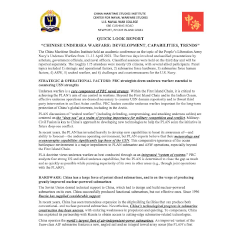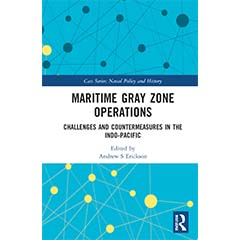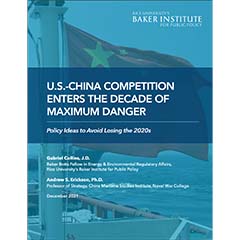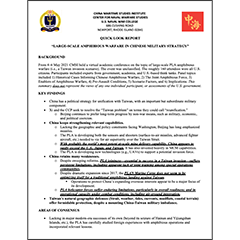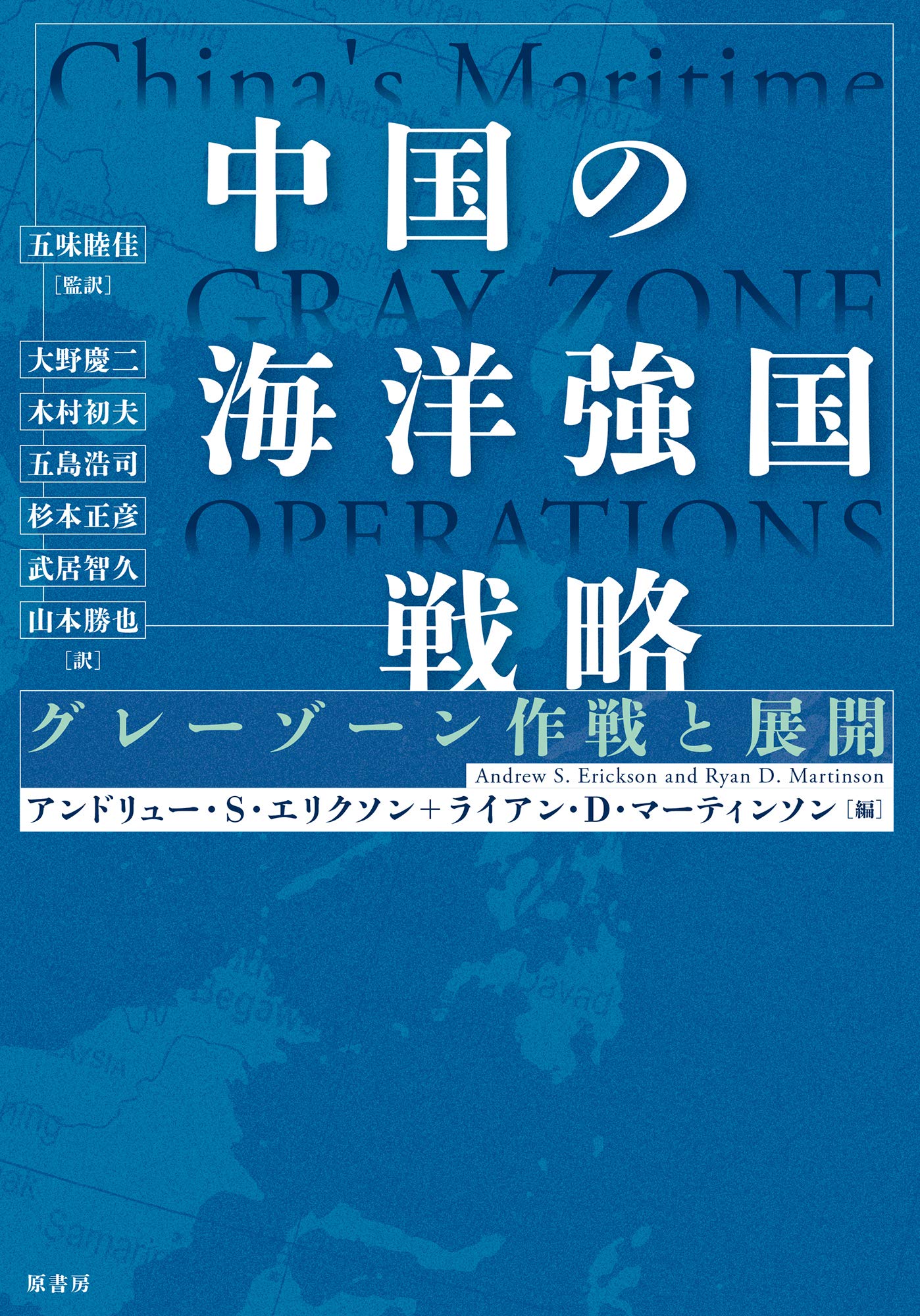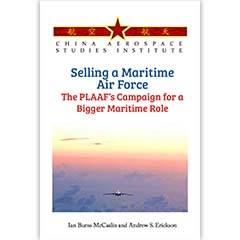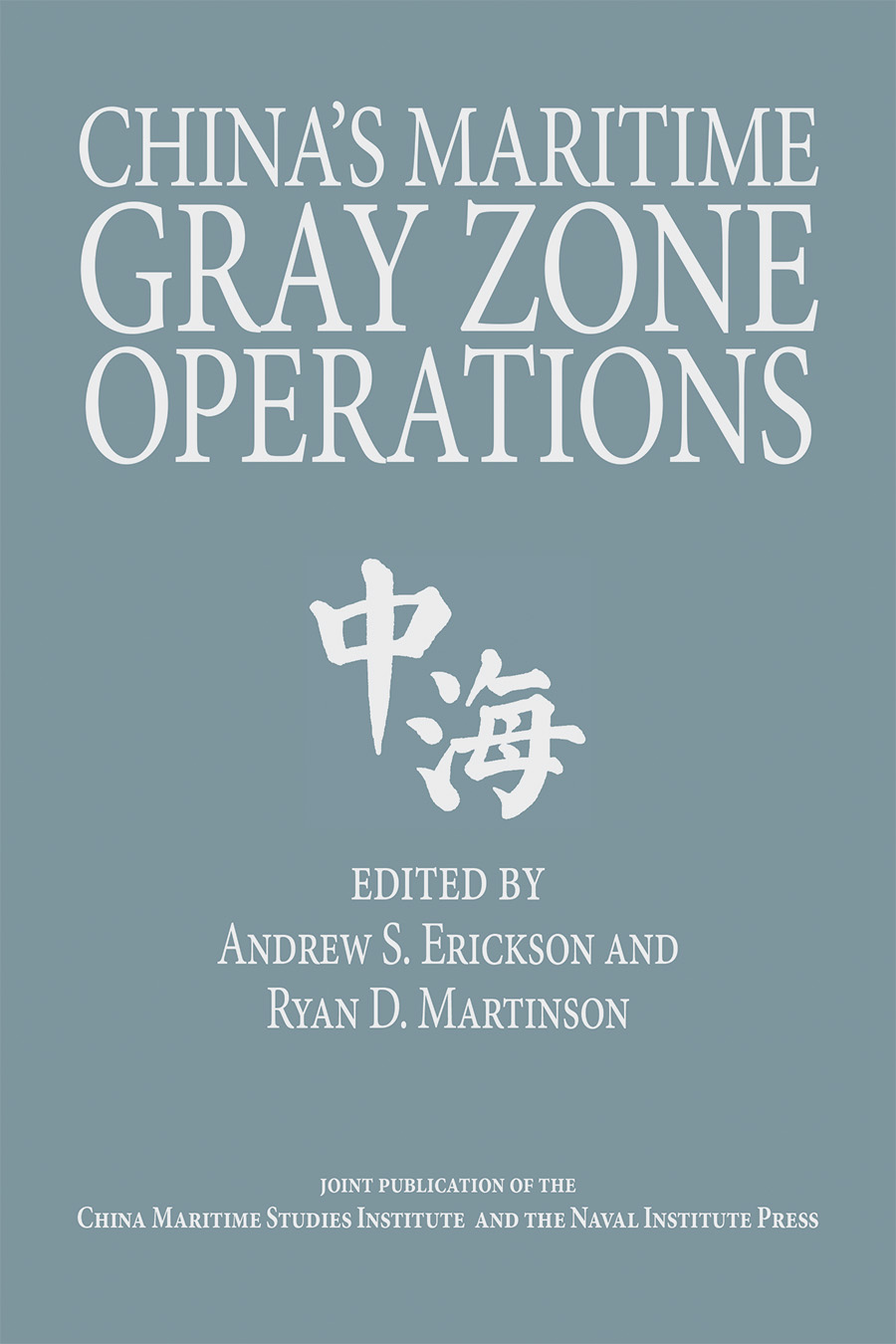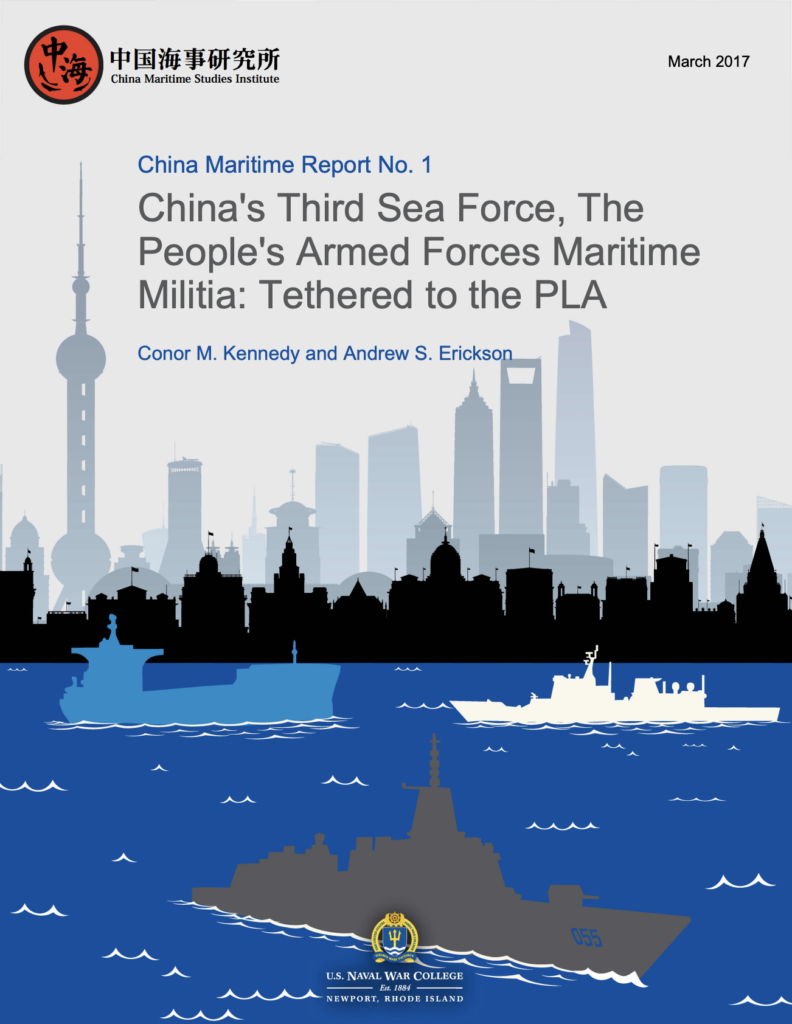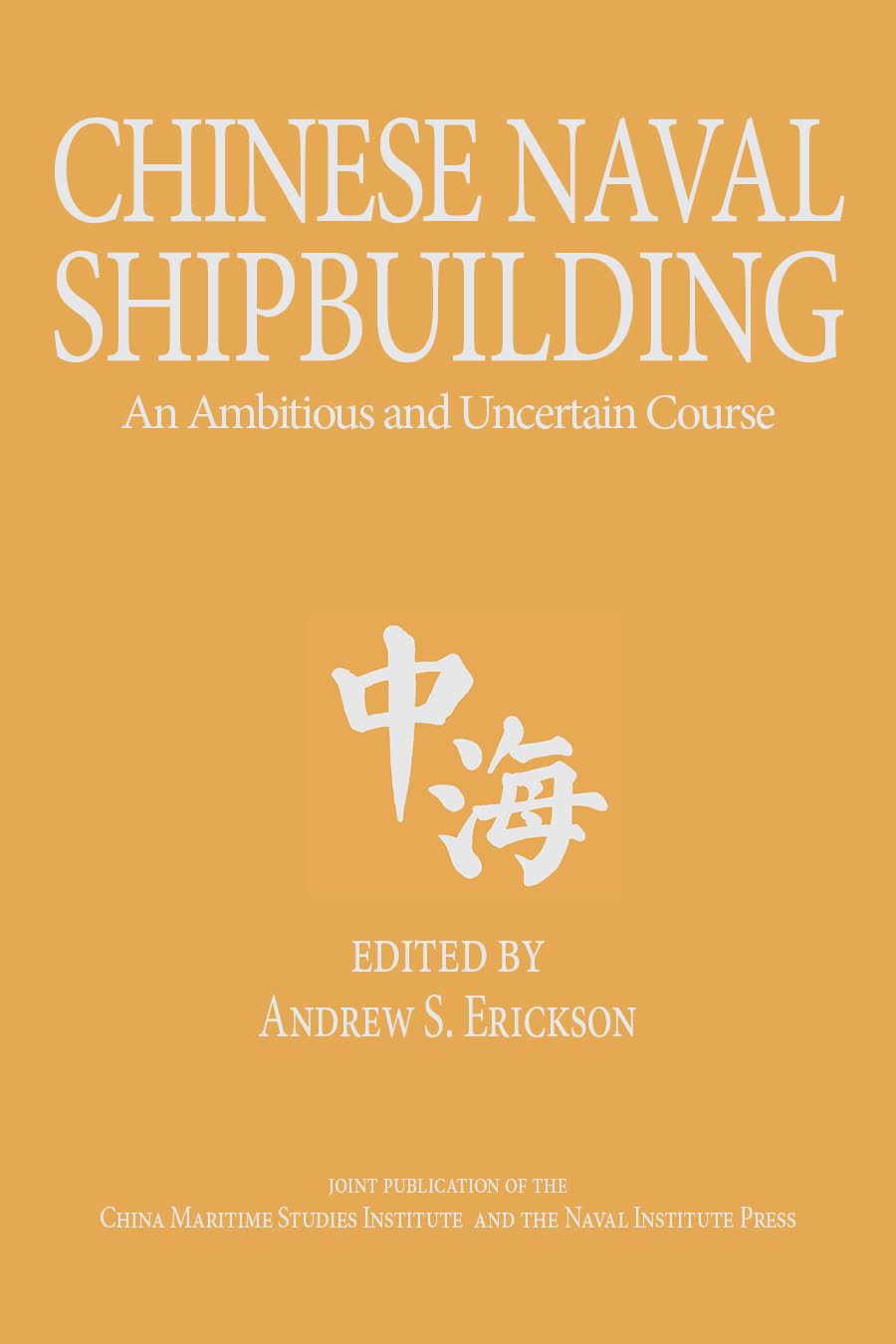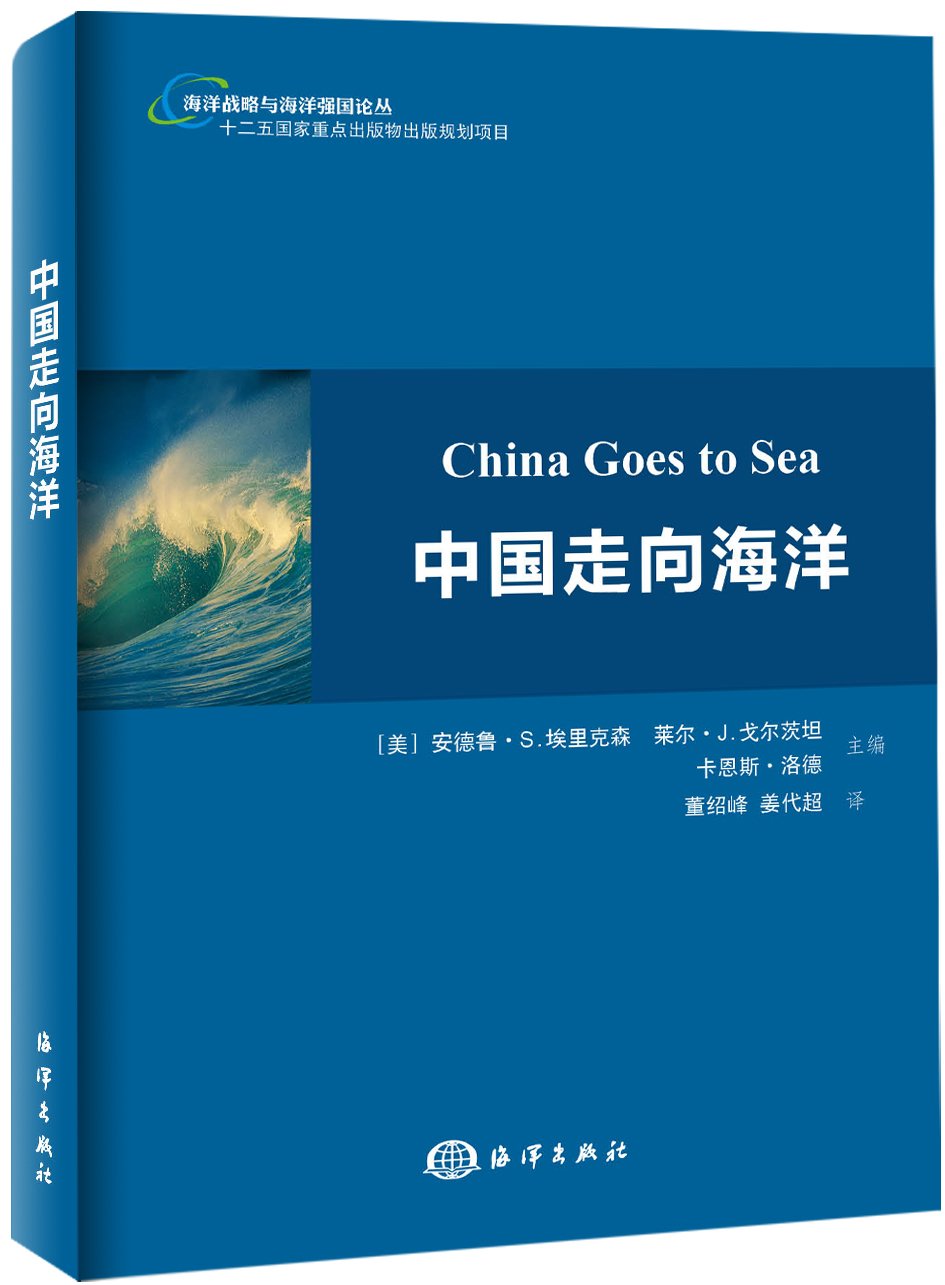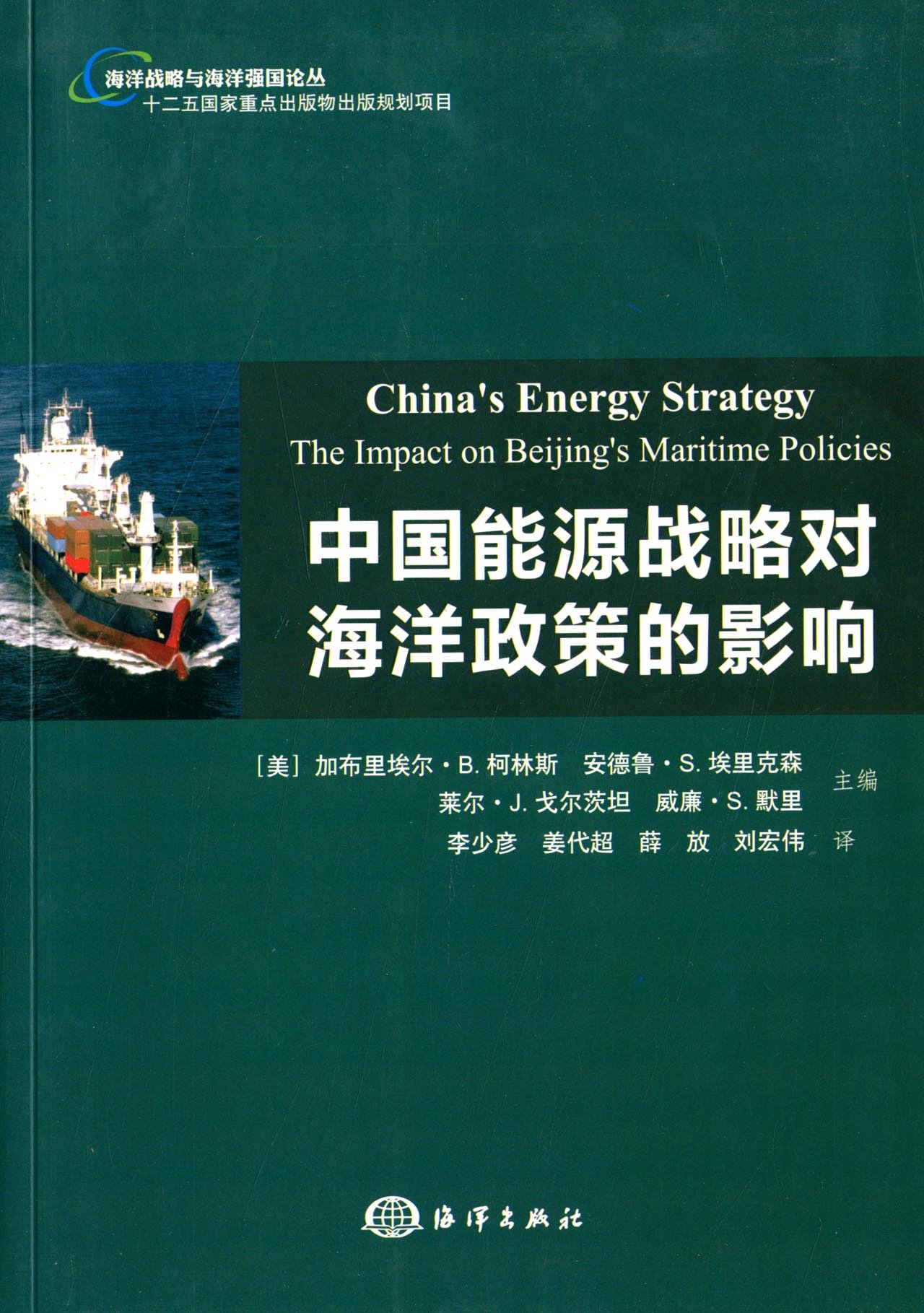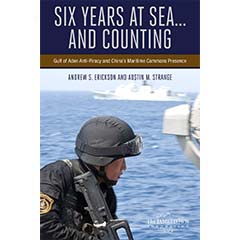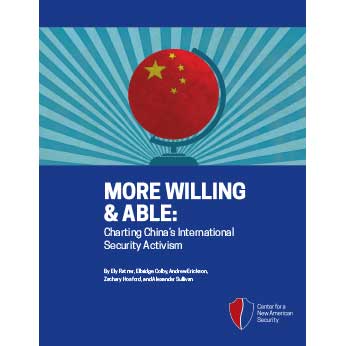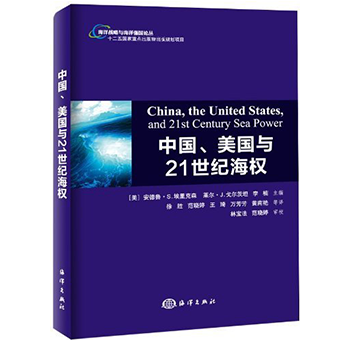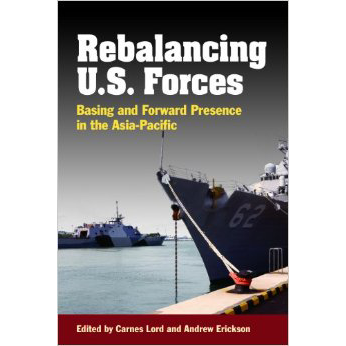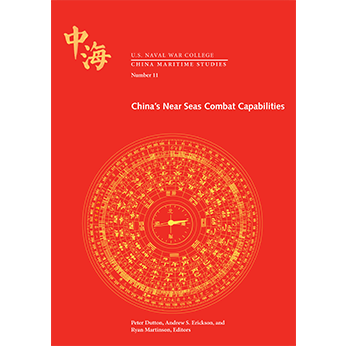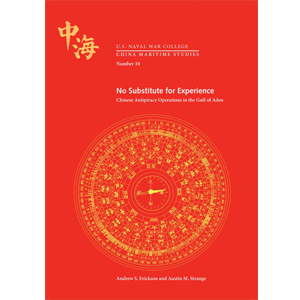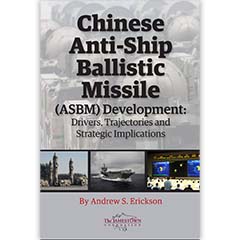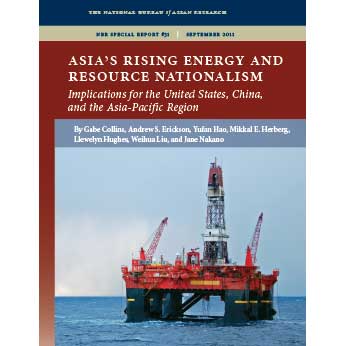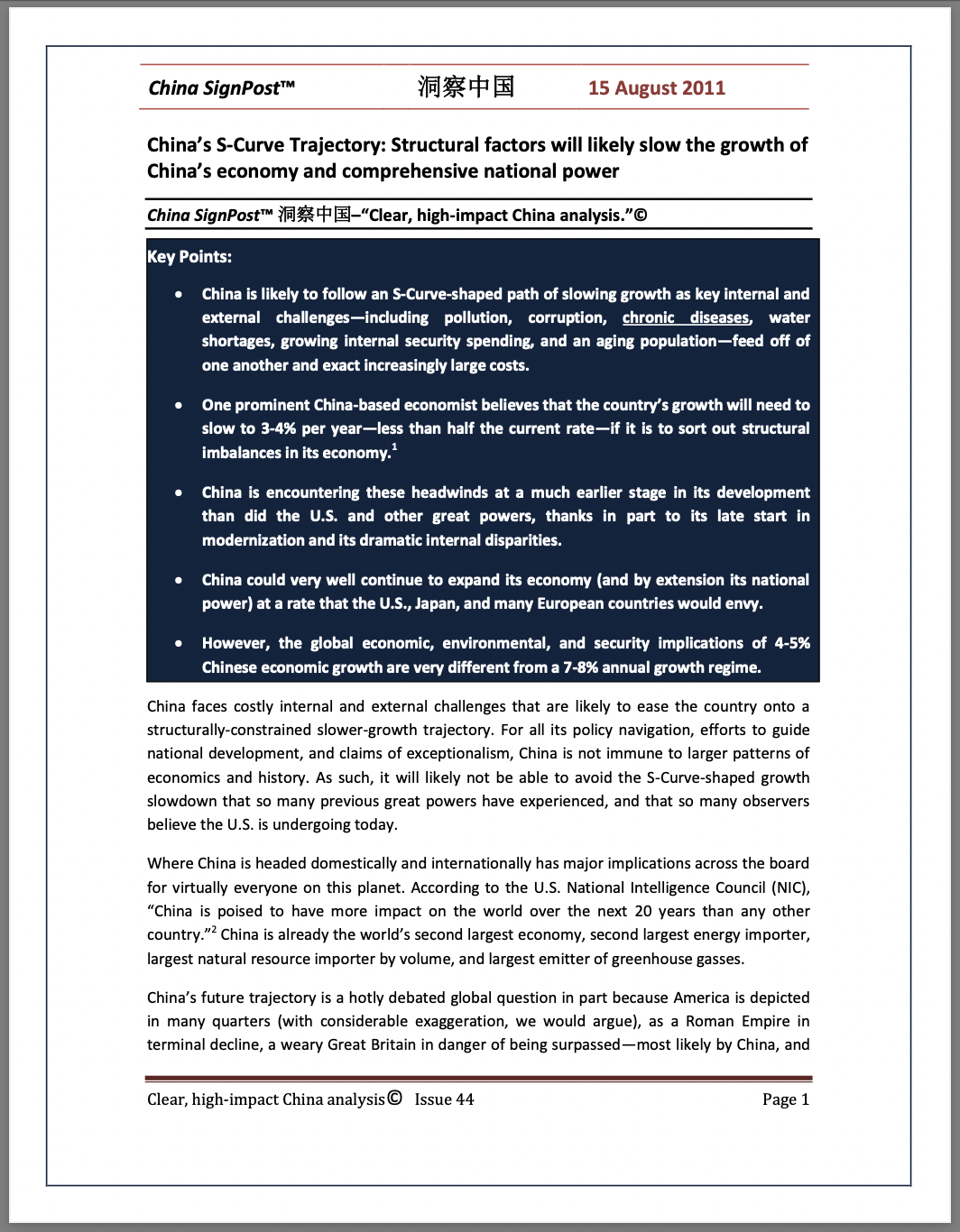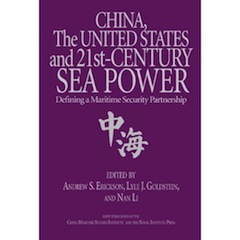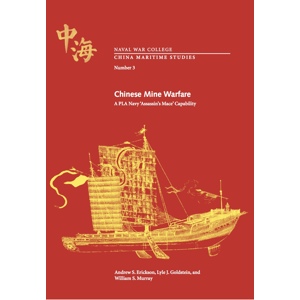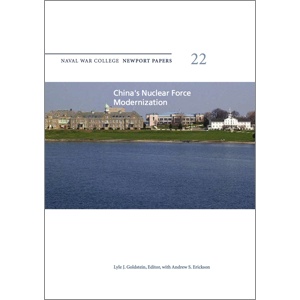Quick Look Summary—CMSI’s 14–15 May 2025 Conference: “The People of China’s Navy and Other Maritime Forces”
The Naval War College China Maritime Studies Institute (CMSI) has just released the Quick Look summary of its 14–15 May 2025 Conference on “The People of China’s Navy and Other Maritime Forces.”
Excerpts selected by CMSI Director CAPT Christopher H. Sharman, USN (Ret.):
- Xi Jinping is China’s first great “navalist” statesman. He considers willingness to embrace the ocean a primary determinant of a nation’s fate, believes firmly in the importance of naval power, and regards the ocean as China’s primary future battlefield.
- China’s Navy draws on a massive, sufficiently-capable talent pool and educational system. Recruiters mine personal data—uniquely compiled and available without restriction to PRC government and military organizations—for exquisite attributes, then target individuals through schools, advertisements, and social media networks whose algorithms are attuned to government requirements.
- China’s Naval Command College in Nanjing—the Naval War College’s closest equivalent—is intensely focused on naval operations and warfighting for top-priority scenarios.
- The PLAN maintains a strong relationship with the China Coast Guard (CCG), Maritime Militia, and other maritime forces. It provides training support for the CCG.
- China’s Merchant Marine is a strategic asset undergirding prosperity and offering strategic leverage. The Party is represented on the crew of merchant vessels by the Political Commissar.
- Chinese Academies of Sciences and Engineering Academicians and young understudies pioneer their exploration and facilitate dual-use leveraging of Arctic and Antarctic communications facilities, space support ships, icebreakers, “Transparent Ocean” submarine detection systems, robotics, manned and unmanned submersibles, and seabed stations and laboratories.
- China’s Political Commissar system—while considerably more agile, sophisticated, and warfighting-oriented than its Soviet progenitor—could represent a critical weakness: real-time decision-making bottlenecks or distraction, particularly in crisis or conflict.
- Despite being projected to exceed 400 ships by the end of 2025, China’s Navy continues to successfully crew, operate, and train with them.
- Given the demands of increasingly frequent and intense training and missions, mental health has become a growing concern in the PLAN.
This is an unclassified academic summary of findings from our most recent conference, which will subsequently be published in detail in the form of a CMSI Note as well as footnoted China Maritime Reports and an edited volume. Please kindly note that this distillation does not represent the views of any one individual participant, or the assessments or policies of the U.S. Navy or any other organization of the U.S. government.
QUICK LOOK REPORT
CHINA MARITIME STUDIES INSTITUTE (CMSI) CONFERENCE
“THE PEOPLE OF CHINA’S NAVY AND OTHER MARITIME FORCES”[1]
Background: The China Maritime Studies Institute held its biennial unclassified academic conference on 14–15 May 2025 to address human factors in the People’s Republic of China (PRC)’s military maritime forces. Roughly 150 external and 200 Naval War College students and faculty attended the event. Panel topics included (1) senior leadership, (2) the People’s Liberation Army Navy (PLAN) headquarters, (3) PLAN warfare communities, (4) PLAN talent recruitment, development, and retention, (5) the personnel of China’s other sea forces, and (6) implications for the U.S. Navy and allies/partners.
Key Findings:
- Xi Jinping is China’s first great “navalist” statesman. He considers willingness to embrace the ocean a primary determinant of a nation’s fate, believes firmly in the importance of naval power, and regards the ocean as China’s primary future battlefield.
- Since admirals are not prevalent atop PLA leadership, Xi Jinping is a “navy lobby of one.” He has personally influenced force structure decisions, including prioritization of nuclear-powered ballistic missile submarines (SSBNs) and aircraft carriers, as well as the expansion and upgrading in status of the PLAN Marine Corps. He personally decided on and promoted feature augmentation in the South China Sea.
- China’s Navy enjoys strong leadership, with Commander Hu Zhongming having reportedly commanded the first Jin-class SSBN amid a stellar career in undersea, surface warfare, and management. Political Commissar Yuan Huazhi, publicly absent since 7 September 2024, has likely been removed. The PLAN functions regardless, run in large part by its Standing Committee, no member of which dominates. Its nearly-dozen members are more technically sophisticated and proficient as well as operationally and diversely experienced than their predecessors. They are better able to execute their man, train, and equip authorities, despite the politically sensitive environment.
- China’s Navy draws on a massive, sufficiently-capable talent pool and educational system. Provincial-level compulsory conscription quotas are met through high volunteerism. The PLAN pursues more educated populations who align with very specific requirements and recruitment slots. Recruiters mine personal data—uniquely compiled and available without restriction to PRC government and military organizations—for exquisite attributes, then target individuals through schools, advertisements, and social media networks whose algorithms are attuned to government requirements. Non-commissioned officers (NCOs)’ competence, technical proficiency, and continuity of contributions have benefitted greatly. Significantly higher minimum standards for females yield specialized talent, including shipboard civilian linguists, medics, and engineers.
- Recruitment and retention are prioritized with an increasingly sophisticated, attractive salary/benefits package that even includes reproductive assistance. Unlike in the U.S. military, parents and parents-in-law of officers and NCOs can receive discounted medical care. PRC residents can only live legally and receive social welfare benefits in their place of household registration; the highest-performing rural PLAN enlistees enjoy life-altering opportunities to change their registration to attractive urban locations. PLAN veterans enjoy prioritization for government jobs far stronger than U.S. veterans preferences. Despite some overburdened recruiters, university indifference, and student disinterest—as well as, increasingly, American-style fitness and resilience challenges—the PLAN acquires the force it needs overall.
- China’s Naval Command College in Nanjing—the Naval War College’s closest equivalent—is intensely focused on naval operations and warfighting for top-priority scenarios. To “build a Maritime War Academy” and “educate for war,” the Naval Command College strives to better apply education to warfighting, and vice versa. It is simultaneously working to increase jointness and operational lessons and relevance, including by “sending faculty back to school” through operational secondments; making students assume other-service roles by rotating into Joint Exercise Command Post Command Billets and engaging in faculty-led site visits, simulations, and plans development, so that they better understand joint operations; lashing up with training bases and bringing outstanding senior officers (unit commanders and division- and brigade-level) and their teams to campus for intensive, protracted exchange, including detailed scenario discussion; adding new coursework in frontier technologies; and revising and replacing textbooks and curricula en masse.
- The PLAN maintains a strong relationship with the China Coast Guard (CCG), Maritime Militia, and other maritime forces. It provides training support for the CCG. PLAN Vessel Training Centers (VTCs) helped the CCG develop an Outline on Military Training and Evaluation (OMTE) and standardize cross-fleet training. Many PLAN officers have been transferred to the CCG since 2018, including the CCG’s current Commandant, Yu Zhong, and his predecessor, Wang Zhongcai.
- At 12,000+ PRC-flagged vessels and two million members, China’s Merchant Marine is a strategic asset undergirding prosperity and offering strategic leverage. Its members just received a 5% pay raise, and it continues to grow. The Party is represented on the crew of merchant vessels by the Political Commissar. Some shipping subsidiaries maintain close relations with People’s Armed Forces Departments responsible for military mobilization.
- With Xi’s strong support, the deep sea and polar domains are strategic new frontiers for China, and a potent area of Sino-Russian collaboration. Influential, strongly-funded-and-supported Chinese Academies of Sciences and Engineering Academicians and young understudies pioneer their exploration and facilitate dual-use leveraging of Arctic and Antarctic communications facilities, space support ships, icebreakers, “Transparent Ocean” submarine detection systems, robotics, manned and unmanned submersibles, and seabed stations and laboratories. Spacecraft-inspired Deep Sea Landers offer persistent seabed presence and operations with potential utility for deep-sea weapons presetting at military chokepoints.
- Removals have been the feature, not bug, of Xi’s rule—a constant, not a fundamental change. Since assuming power in 2012, he has removed at least 78 senior PLA officials at the Vice Admiral/Lieutenant General 2-star level and above; 11 PLAN officers at the Rear Admiral (1-star) level or above have been, or are rumored to have been, removed.[2] Nevertheless, there appears to be no major impact on immediate operational readiness since the purged have limited influence over the whole of China’s armed forces, and are readily replaceable.
- China’s Navy enjoys unique human capital advantages: educational partnerships as early as elementary school; personal data compiled centrally, available and applicable without privacy restriction; eldercare benefits; and warfighting-focused naval education. Lack of discernable standardization in personnel management—akin to the U.S. Bureau of Naval Personnel—may impose significant challenges, but decentralized approaches also enable experimentation with multiple techniques simultaneously, grassroots innovation, pragmatic adaptation, and tailored approaches.
- Official PRC sources regard the PLAN as advantaged in ideological strength; talent pool and recruitment; size of educational and R&D systems; workforce innovation, S&T centers, and grassroots personnel; education and vocational and unit training; and operational experience of younger officers, as well as their embrace of modern doctrine and technology.
- PLAN sources perceive weaknesses in lack of talent for new-domain operations and advanced S&T given rising demand in these burgeoning areas; recruitment and training pipeline supply-demand imbalance and talent-skills mismatches; officers’ overly narrow early-career experience and subsequent declining relevance; and youths’ generally lower ideological commitment to the Communist system. Reemphasis on political indoctrination under Xi consumes precious training time and may be quietly resented.
- China’s Political Commissar system—while considerably more agile, sophisticated, and warfighting-oriented than its Soviet progenitor—could represent a critical weakness: real-time decision-making bottlenecks or distraction, particularly in crisis or conflict. The co-equal command dyad, in which Commissars head frequent consensus-based Party Committee meetings that make all major peacetime decisions within PLAN units, disempowers Commanding Officers and complicates their operational focus. The former are said to lack understanding of equipment, the latter of personnel issues.
- Since 2008, the PLAN’s surface fleet has almost doubled. Despite being projected to exceed 400 ships by the end of 2025, China’s Navy continues to successfully crew, operate, and train with them. PLAN Theater-level VTCs are able to ensure basic requirements and operationally certify ships.
- Given the demands of increasingly frequent and intense training and missions, mental health has become a growing concern in the PLAN. Despite receiving higher prioritization, it remains a weakness for China’s Navy, which tends to treat counseling as a “political” issue. Decentralized treatment varies greatly by unit. Outstanding performers are increasingly rewarded with convalescent R&R—particularly for personnel who occupy high-stress billets like submariners.
[1] Disclaimer: This is an unclassified academic summary of findings from our most recent conference, which will subsequently be published in detail in the form of a CMSI Note as well as footnoted China Maritime Reports and an edited volume. Please kindly note that this distillation does not represent the views of any one individual participant, or the assessments or policies of the U.S. Navy or any other organization of the U.S. government.
[2] Whereas U.S. Flag and General Officers ranks top out at the four-star level, China’s top out at the three-star level.





